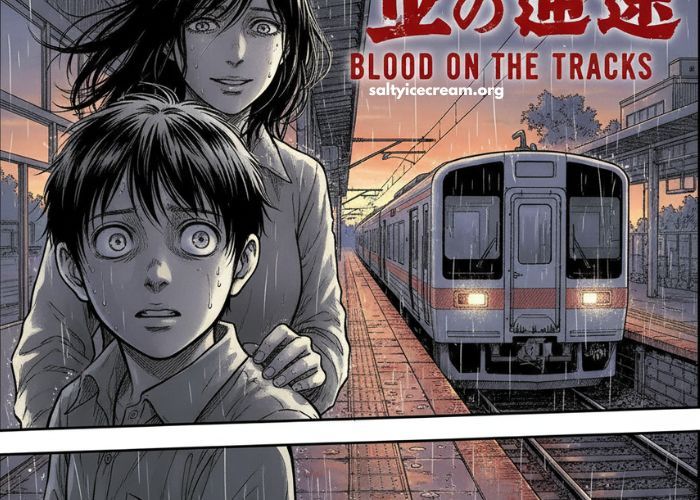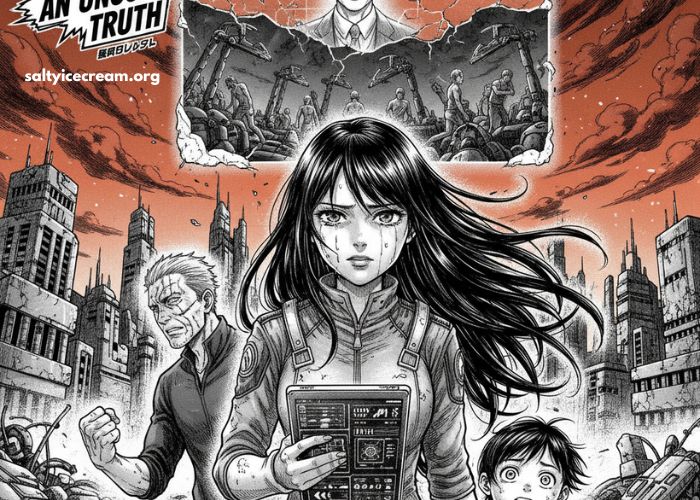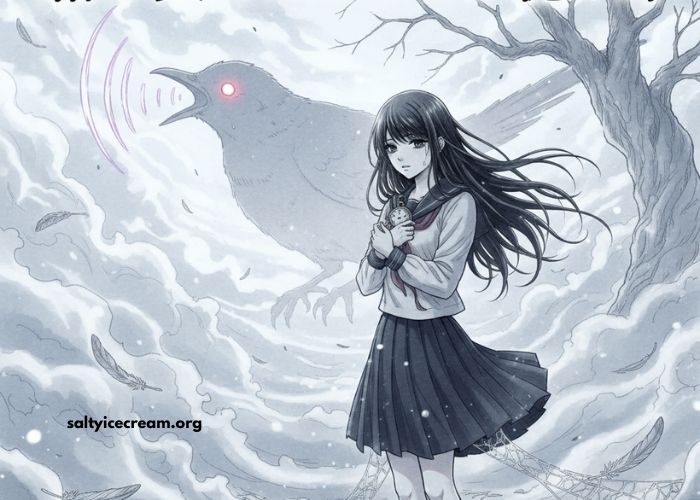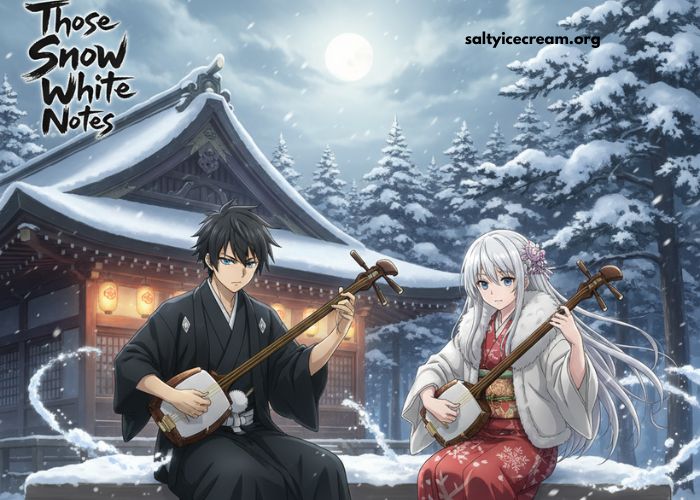“Blood on the Tracks” (originally Chi no Wadachi) is one of the most unsettling and thought-provoking psychological manga ever created. Written and illustrated by Shuzo Oshimi, the creator behind The Flowers of Evil and Happiness, this series captures the delicate yet disturbing relationship between a mother and her son. Through its slow-burning narrative, eerie artwork, and raw emotional realism, the manga explores the darkest corners of love, fear, and control within a family.
Plot Overview
At first glance, “Blood on the Tracks” seems like a slice-of-life story centered on Seiichi Osabe, a quiet and sensitive middle-school student, and his seemingly loving mother, Seiko. However, beneath their peaceful family life lies a web of emotional manipulation and psychological horror.
As the story unfolds, an unexpected and horrifying event sets off a chain reaction, revealing Seiko’s obsession and possessive nature toward her son. This turning point marks the beginning of Seiichi’s descent into trauma, confusion, and guilt. What makes the manga so gripping is not the act itself but the emotional aftermath the fear, the silence, and the suffocating control that defines Seiichi’s world.
Symbolism
“Blood on the Tracks” isn’t just a story about a twisted mother-son relationship it’s a deep psychological study of trauma, dependency, and mental manipulation.
-
Motherly Love Turned Obsession: Seiko’s love for Seiichi is smothering, blurring the line between affection and control.
-
Innocence Lost: Seiichi’s transformation from a naïve child into a haunted soul represents the loss of innocence caused by emotional abuse.
-
Silence and Guilt: Oshimi uses silence as a powerful storytelling tool. The absence of dialogue often conveys more than words ever could.
-
Freedom vs. Control: Seiichi’s journey is ultimately about breaking free from his mother’s psychological grip—a metaphor for growing up and confronting painful truths.
The use of visual symbolism close-up expressions, distorted faces, and long, quiet panels—heightens the emotional tension. Every page feels suffocating yet mesmerizing, drawing readers deeper into Seiko’s disturbing love.
Art Style and Storytelling
Shuzo Oshimi’s art style perfectly complements the story’s unsettling tone. His realistic facial expressions and minimalistic backgrounds keep readers focused on the characters’ emotions. Unlike typical horror manga that rely on gore or supernatural elements, Blood on the Tracks terrifies readers through emotional realism.
The pacing is deliberately slow, building anxiety with each chapter. The moments of calm are more disturbing than the violent ones, creating a psychological nightmare that feels eerily close to reality. Oshimi’s use of perspective zooming in on eyes, trembling hands, or frozen smiles captures the essence of psychological horror more effectively than any monster could.
Critical Reception
Critics and fans alike have praised “Blood on the Tracks” for its emotional intensity and psychological depth. Many have compared it to classic psychological thrillers for its nuanced depiction of manipulation and trauma. It has also been lauded for its fearless portrayal of taboo subjects especially the dark side of parental love.
Readers often describe the experience as “uncomfortable yet addictive.” It’s not a manga you read for entertainment; it’s one you read to confront human fragility and fear.
Conclusion
“Blood on the Tracks” is more than just a horror manga it’s a psychological masterpiece that examines how love can become a prison. Through Seiko and Seiichi’s toxic bond, Shuzo Oshimi forces readers to question the fine line between care and control, affection and obsession.
If you’re drawn to stories that explore psychological depth, family trauma, and emotional horror, this manga is a must-read. Each chapter leaves a mark, haunting your mind long after you’ve turned the last page.
In the world of psychological storytelling, Blood on the Tracks stands as a haunting reminder that sometimes the scariest monsters are the ones who love us most.





